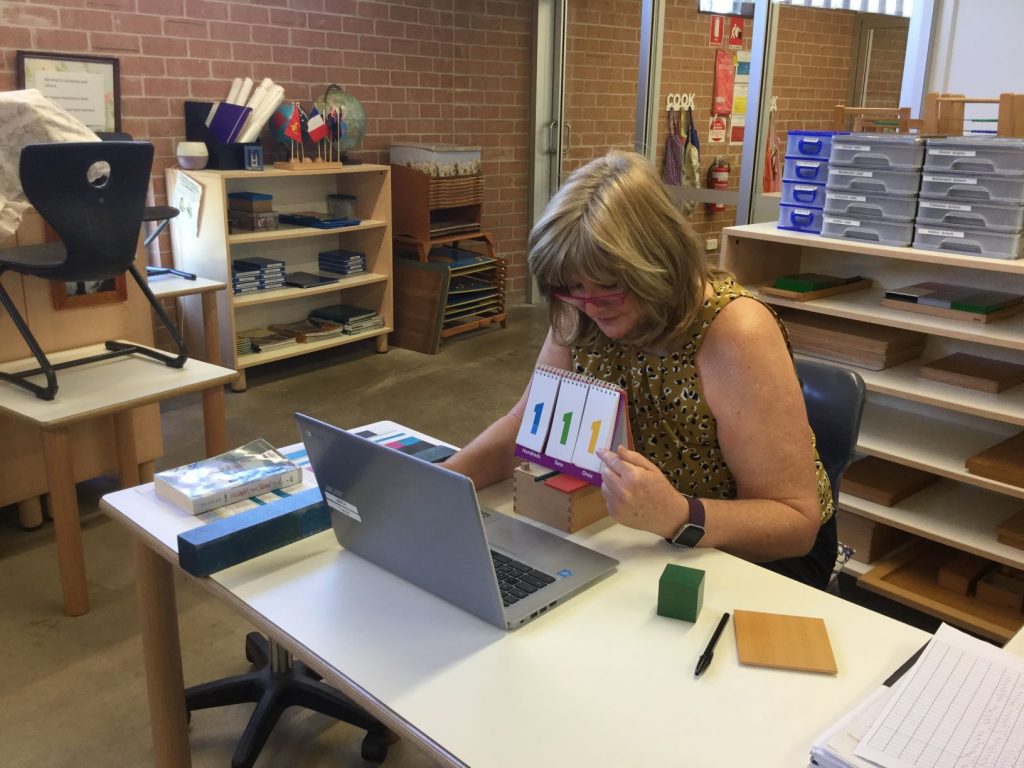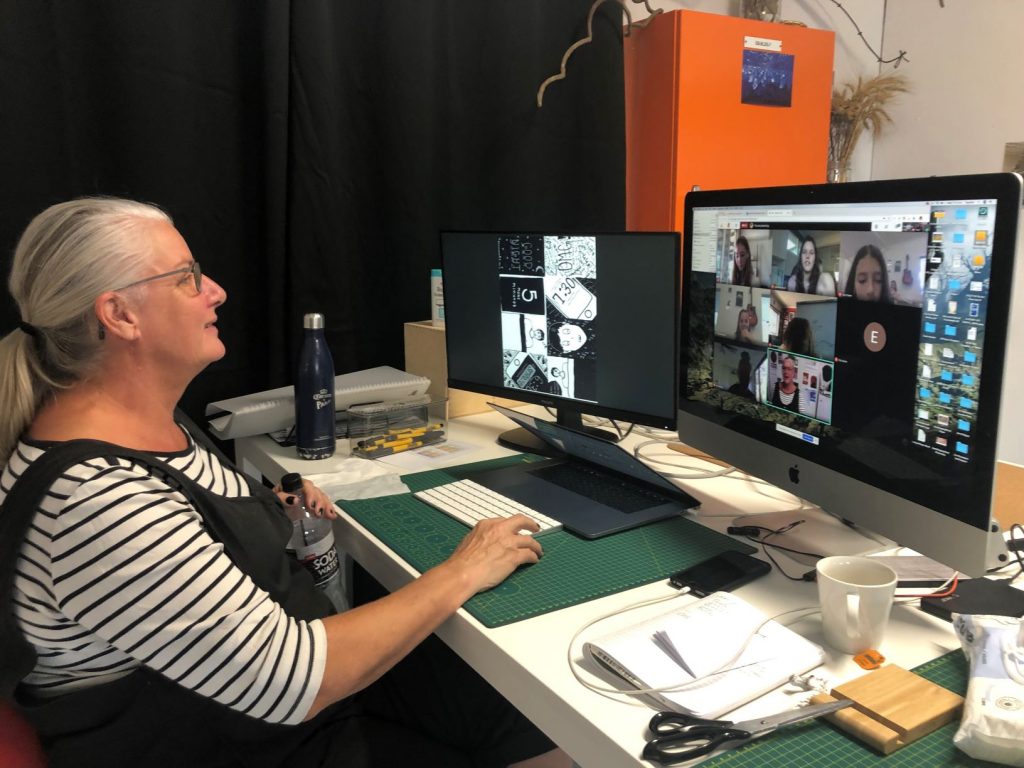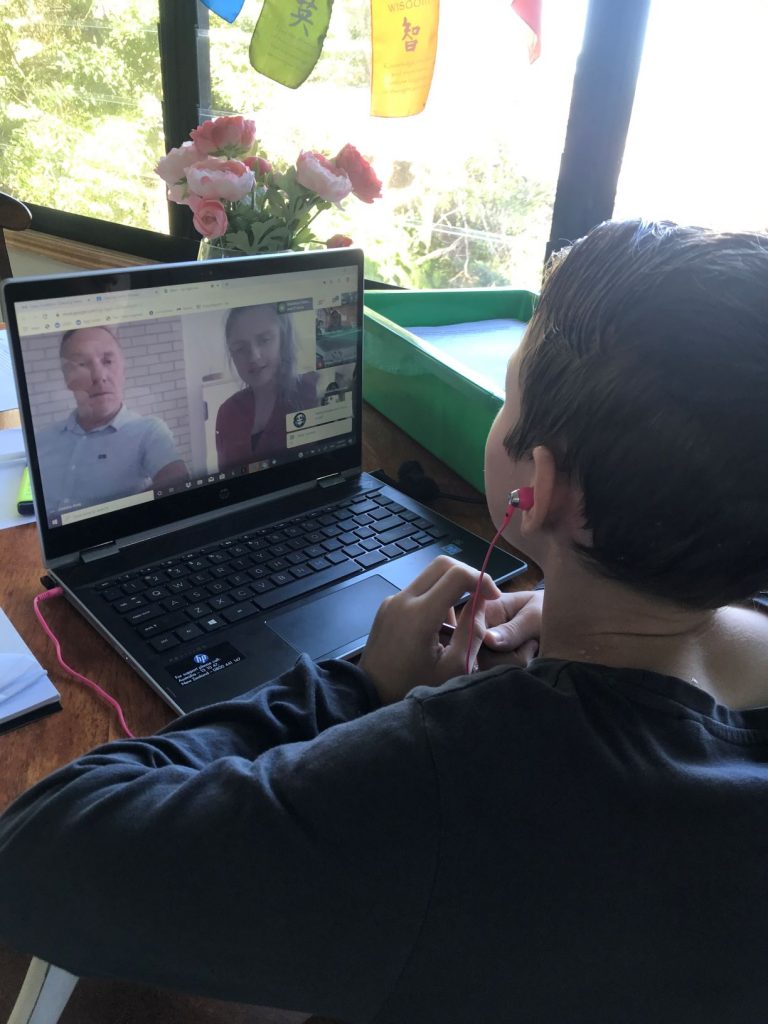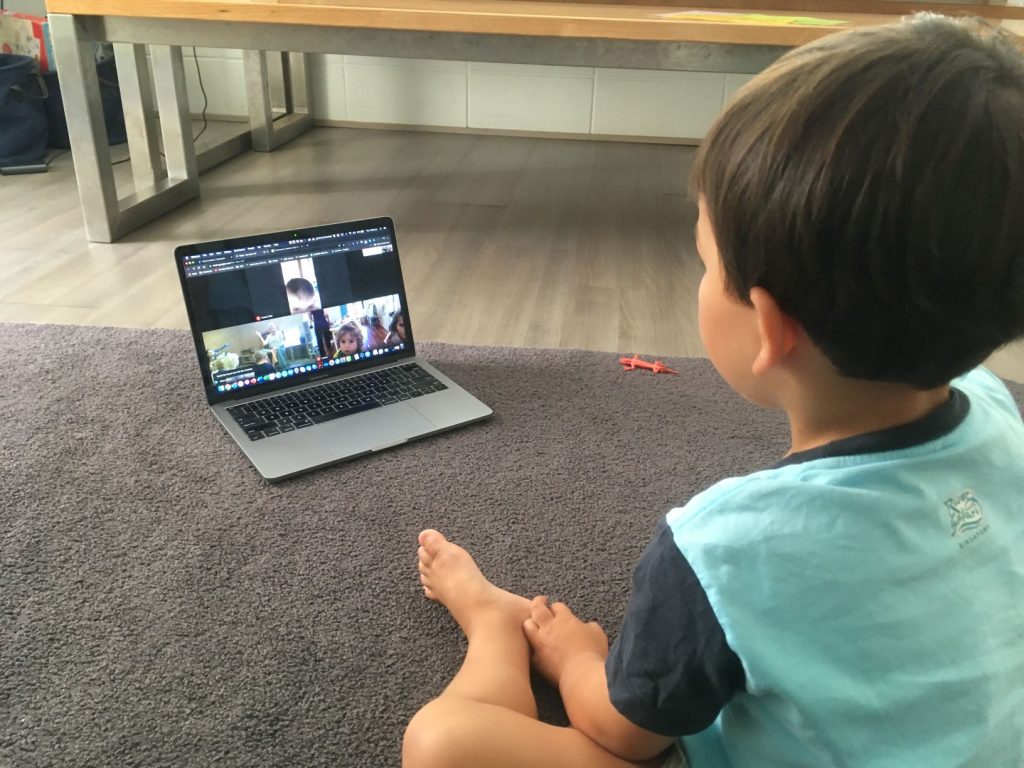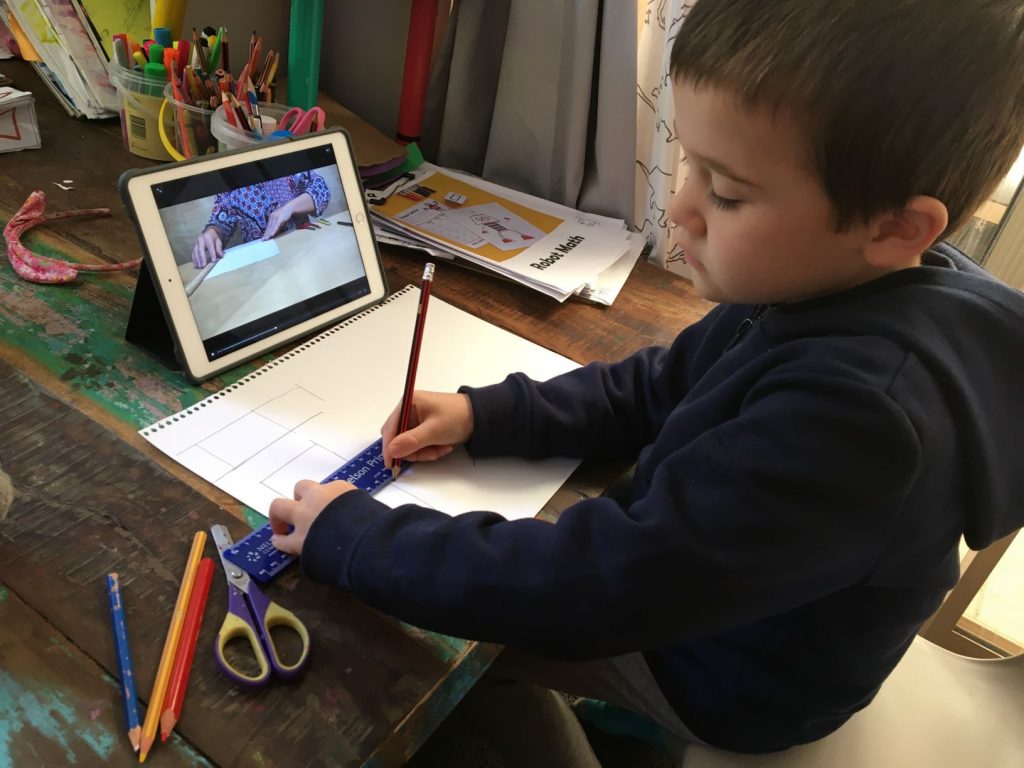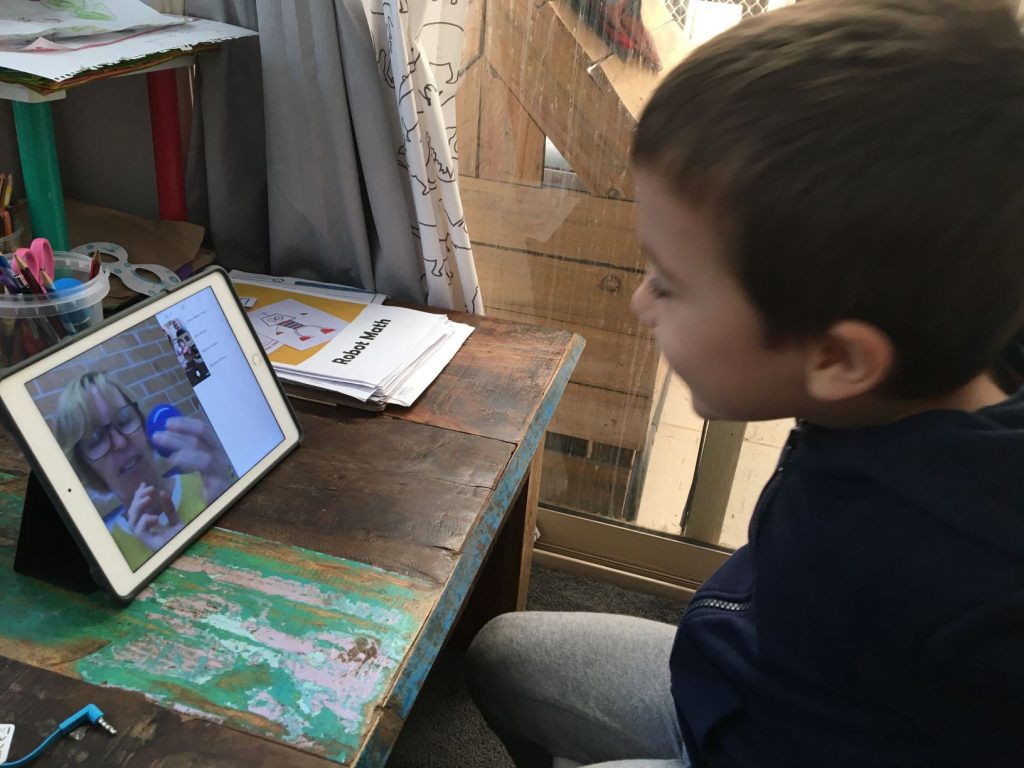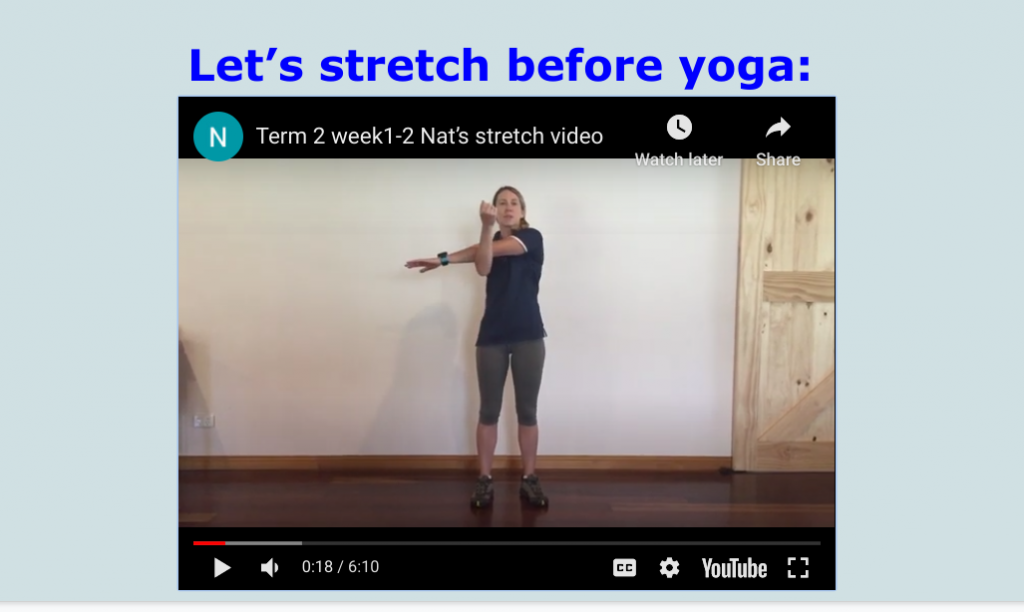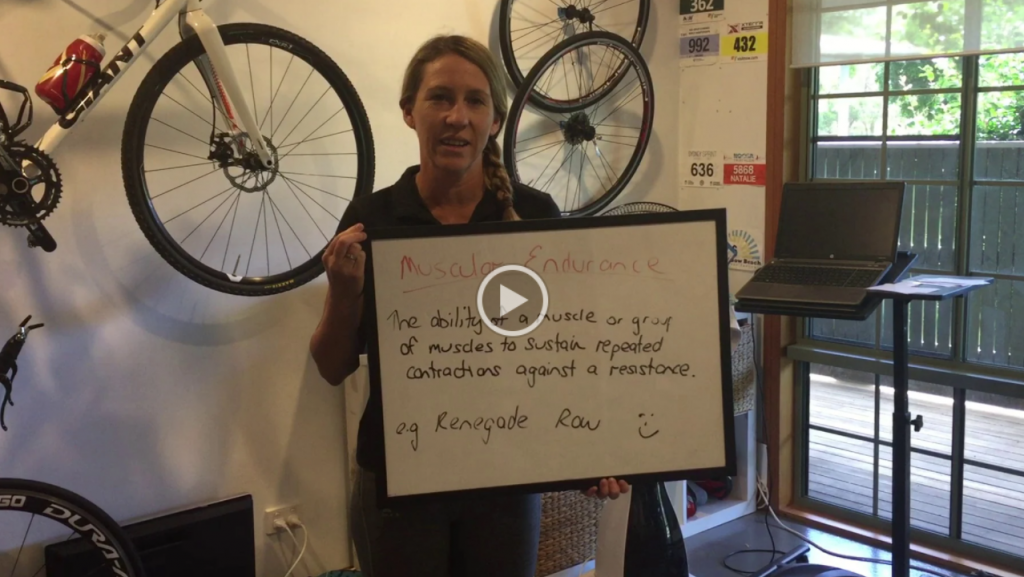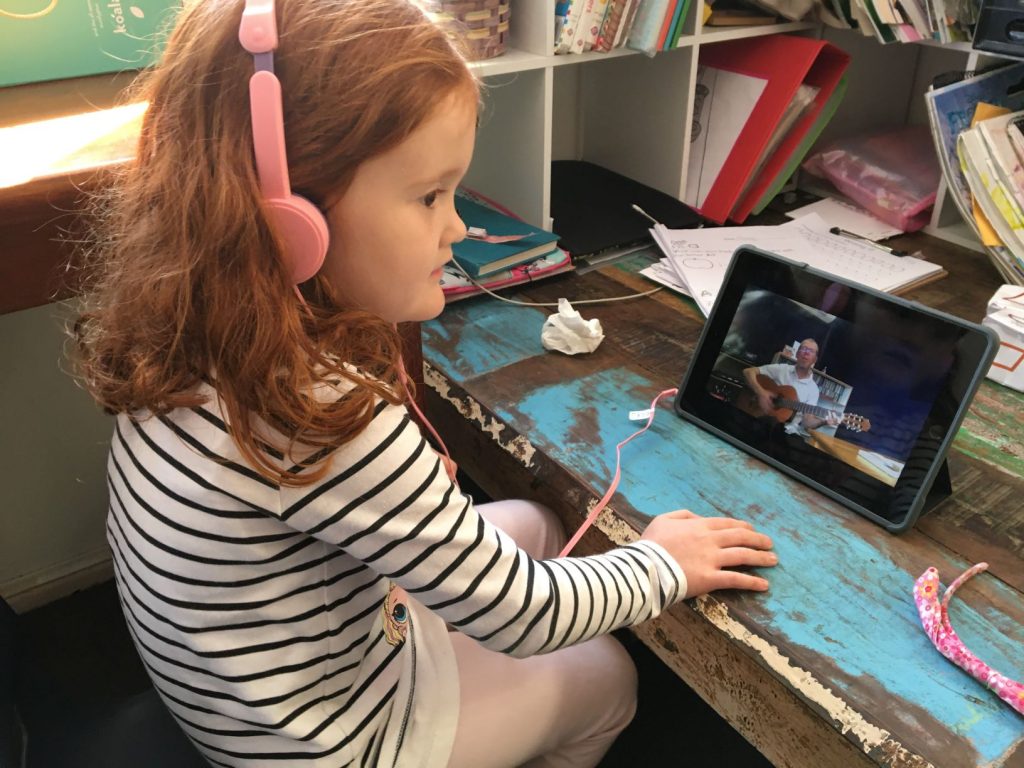As the coronavirus pandemic continues to take its toll around the world and we all adjust to a new normal, it’s timely to reflect on our response closer to home.
As school buildings have closed around Australia, every educational institution – public and private; primary, secondary and tertiary – has been required to move swiftly and definitively into a whole new world.
Change, of course, is often a good thing – even when it’s thrust upon us without warning. We are shaken up a little. We get to stop the ‘doing’ and start ‘thinking’. We learn new skills. And we experience how resilient we really are. It’s easy to get thrown off course though when you’re under pressure – and every school in Australia has been under pressure in recent months – with MIC no exception.
So how do you stay on course when there’s a worldwide pandemic going on, things are literally changing each day – sometimes each hour. When you have an entire community of learners, parents and staff all looking to the school leaders asking – what happens now?
We are extraordinarily fortunate here at MIC. This is because, as with most things in life, the things that are our biggest challenge are also our biggest opportunity.
As a small, independent school we don’t have the financial backing of the government or the deep pockets of a long-established church behind us, and that does make us financially vulnerable.
But – we also have freedom. Within limits, of course. For us, that has been the freedom to ensure that every decision we make – even (especially) during a crisis – is guided by our unwavering ethos to serve the child. As parents and teachers, we know this isn’t always easy when we’re under pressure. Keeping what is best for the child top of mind can be hard work. It takes courage and tenacity and selflessness as we often put the needs of the child ahead of our own – but it’s second nature to us at MIC.
So – with ‘serve the child’ our guiding principle – we leapt into the unknown of e-learning.
We know it would have been far easier to email a bunch of PDFs to parents each week – spelling lists and the like – and hope for the best. And we know many, many schools have done just that. It was high pressure to produce anything in such a short time-frame and with the mammoth size of some schools, it’s perhaps a small miracle they managed to achieve that.
We, of course, were never going to do that. From the moment it became apparent that e-learning was even on the cards, we knew we needed to get creative with our approach to our MIC students learning at home. We knew we needed to serve the child (of course), we knew we needed to adapt the Montessori curriculum to suit the needs of these changing circumstances, and we knew we needed to focus on the well-being – and most importantly, connection – of our students. Community and connection is of paramount importance to us at MIC and we needed to make sure our e-learning platform reflected that. More than ever our students needed to feel connection with their teachers, and with each other.
Thankfully, small group lessons are the norm here at MIC and it has been very doable to emulate this online. So, we didn’t start with: what’s the easiest thing to send home to parents? We started with: what does our daily schedule look like now – and how do we adapt it for children learning at home?
Some of our more technically-minded staff members stepped up, and stepped in – and we quickly made the decision to use Google Classroom which is part of the Google suite. It uses simple, Cloud-based technology, students only need a device and the internet to access it – and it was already being used with great success in our high school.
Now that we are all more familiar with it, we can see why.
Timetables and weekly schedules were quickly prepared and were very clear. From the morning face-to-face roll call and the whole class check-in at the end of the day, to small group lessons and weekly one-on-one live chats with teachers in some classes, to children presenting their work to the whole class – e-learning was as close as possible to what children are used to at school. A chat board allows children and teachers to communicate with each other – all live in real-time with their teachers and peers over the internet. Time to see each other, smile, make small talk, ask questions – and be presented with a lesson.
Early Years students have been experiencing video teaching, practical life activities, hands-on learning and reading.
Primary College students have used Education Perfect, Khan Academy and Touch Typing and have experienced live video lessons with their teachers, with work submitted online and teachers also checking student progress within the online learning platforms.
Secondary College students log-in in the morning and afternoon and work independently between small group lessons with their teachers. There are also live chats and individual check-ins with teachers.
Some of our teachers have been exceptionally creative – such as our health and physical education teachers and our music specialists. We have all been amazed at what is possible online!
While it has truly been a remarkable feat – it is worth noting though that pulling this off has not been easy. Staff have been stretched beyond anything they probably expected to experience in their careers and this goes double for our school leaders.
And they aren’t alone. Research conducted last month by EP and Pivot on the impact of COVID-19 on teaching and learning in Australia and New Zealand clearly demonstrates the enormous pressure on teachers across the country.
Teachers reported an 80% increase in preparation time for teaching with the majority of teachers spending more than 8 hours planning a week. Of course, while people in other professions – such as health workers – would be paid for this 80% increase in workload if they had to work extra shifts etc – unfortunately that is not the case with teachers.
And just yesterday Australian Catholic University and Deakin University released the results of their Australian Principal Occupational Health, Safety and Wellbeing Survey 2019. Even before this pandemic broke out, nearly one in three principals were facing stress and burnout, as well as high levels of threats and physical violence by parents and students.
More than 84% of school leaders reported being subjected to an offensive behaviour over the last year, with 51% reporting having received threats of violence and over 42% being exposed to physical violence.
There is some good news, however. Professor Philip Riley from Deakin University’s School of Education said mass disruptions to school and home life during COVID-19 could trigger a welcome uplift in community appreciation for the ongoing and unforeseen challenges faced by school principals.
He said many parents, although impacted themselves by COVID-19, are deeply appreciative of the work undertaken by principals and educators to roll-out remote learning opportunities for their students.
We couldn’t agree more!
What an amazing achievement our move to e-learning has been. Thank you to all of our wonderful educators and school leaders at MIC. You have truly achieved something remarkable. We are deeply grateful for all that you do for the children in your care, every single day.
To find out more about joining MIC – visit the Enrolments page of our MIC website.
